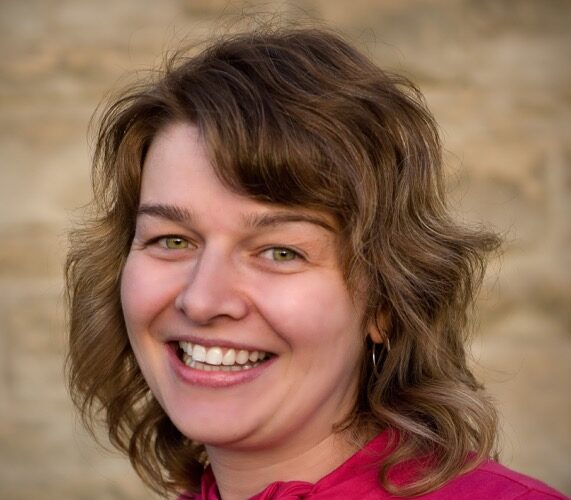At diTHINK, expect to hear from speakers representing the span of Ontario’s innovation landscape, including builders of tech-infused education. Hear Karen Louise Smith speak about youth digital literacy, participation, and the Maker Movement.
Karen, you’ve forayed into design and civic uses of technology at Mozilla Hive Toronto and are also a professor at Brock University. What led you to explore these intersections between technology, culture and research?
For many years, I have been interested in the relationship between government policies, related to information, technology and communication, and the everyday experiences of citizens. Over the years, I have conducted collaborative research with a number of non-profit organizations who are interested in the digital experiences of their community members, or the implications of digital technologies within a democratic society.
What does digital literacy mean to you?
There are many definitions of digital literacy that I draw upon. MediaSmarts describes digital literacy as using, understanding and creating with digital media. Mozilla emphasizes reading, writing and participating as components of web literacy. To me, digital literacy also has a community component. It means leveraging digital media with others, so that we can collaboratively meet our goals.
You led a team to create open badges for privacy curriculum. Can you tell me more about what this is, and what it has to do with privacy and openness?
The open privacy badges were a prototype project that I worked on with Mozilla’s Hive Toronto and other collaborators including eight teenagers. The idea behind the project was to collaborate with the teens to design an array of learning activities, which involved learning skills, such as teamwork, design, and remix, while also learning about privacy.
The reward for completing each privacy learning activity was an open badge. An open badge is similar to any crest or icon that recognizes an accomplishment. What is unique about open badges is that they use open standards. I believe that open standards, in the long term, will be critical for our accomplishments to be shared across the web.
The conference theme is how technology enables the individual. What’s been a particularly empowering example you’ve seen of that?
Personalization and other digital trends can most certainly be empowering for individuals. I’d also encourage conference attendees at diTHINK to examine whether entire communities can be empowered by technology. Some very simple design affordance (a UX term that relates a digital element to a user’s ability)—such as organizing social media conversations by hashtags—function to both reach and assemble the public who care about a particular social issue.
What would you like to see improve in Ontario’s future of digital learning?
I think that it is integral that Ontario prioritize openness in its digital learning initiatives. I hope that open educational resources (OERs) including course content, textbooks, and software can get produced right here in Ontario.
 At diTHINK, we ask you to think about how the technology-enabled citizen is already impacting your institutions today and the possibilities that this ever-growing wave of innovation could have on the way we learn, work and play. Speaker presentations will inspire us around the possibilities, as well as explore the fundamental challenges, while breakout sessions will allow you to shape the way we meet these challenges within particular sectors.
At diTHINK, we ask you to think about how the technology-enabled citizen is already impacting your institutions today and the possibilities that this ever-growing wave of innovation could have on the way we learn, work and play. Speaker presentations will inspire us around the possibilities, as well as explore the fundamental challenges, while breakout sessions will allow you to shape the way we meet these challenges within particular sectors.

